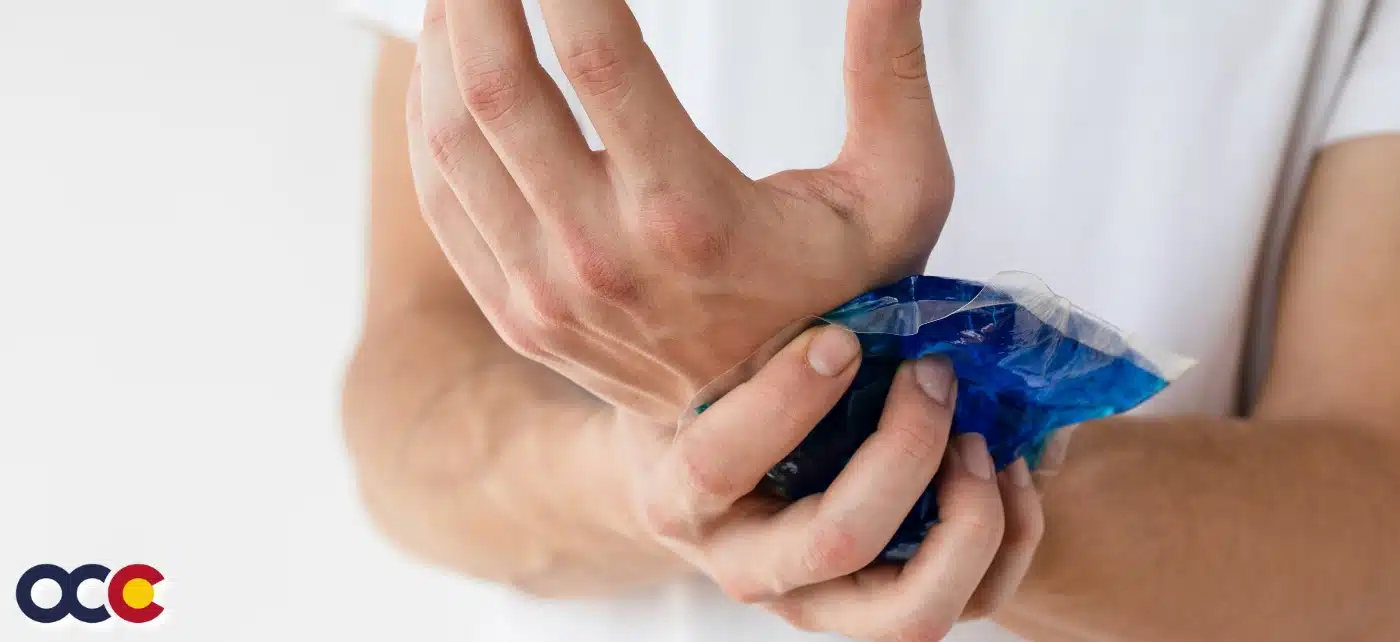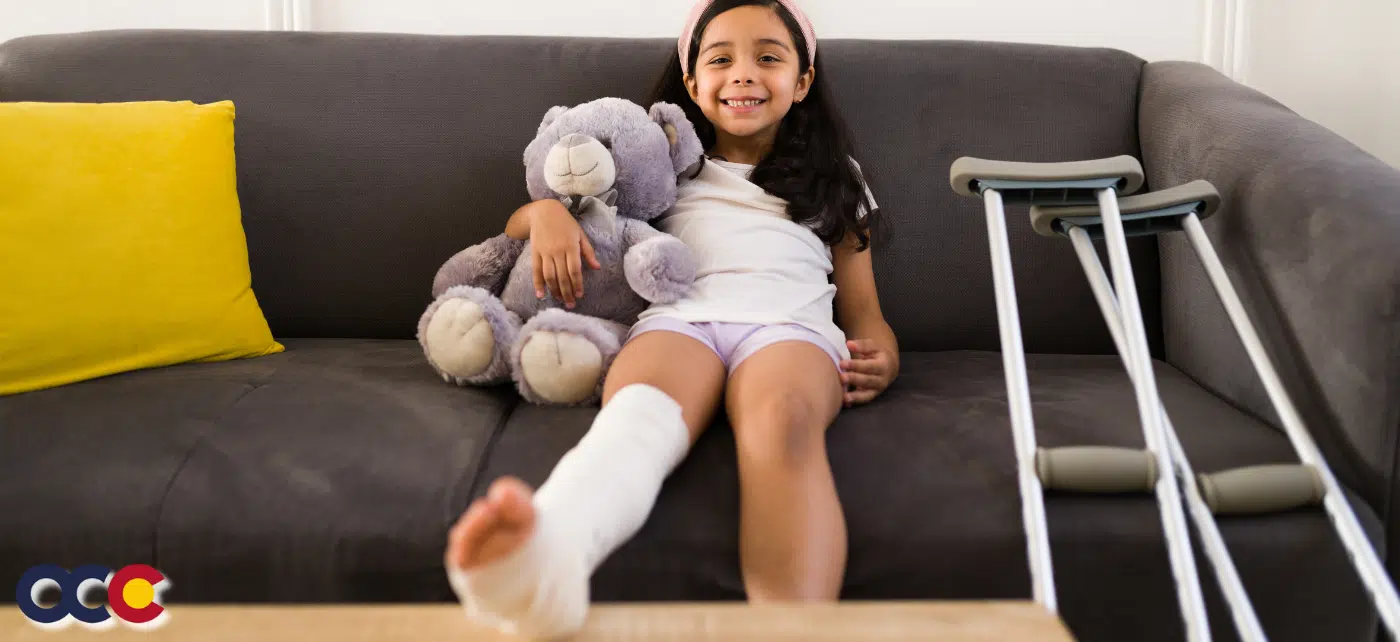Some health conditions, diseases, and injuries can have long-lasting effects on the bones and joints. One example of this is boutonnière deformity, which can permanently disfigure your finger. Boutonnière deformity may appear immediately after an injury but can also present 1-3 weeks after the finger has been injured. This condition becomes more difficult to correct if the deformity is left untreated for more than three weeks. That’s why it is always advisable to consult a specialist as quickly as possible to find out the root cause of it and prevent further damage. The place to get the quickest diagnosis and best care is Advanced Orthopedics & Sports Medicine Specialists in Denver, Parker, or Aurora, Colorado.
OVERVIEW
Boutonnière deformity can happen to anyone. Someone can even be born with it. If a tendon in the hand called the central slip extensor is injured, a boutonnière deformity may develop. Tendons are tissues made up of bundled fibers that connect muscle to bone to allow for movement. The central slip extensor goes to the middle joint of the finger or toe. In boutonnière deformity, an injury tears the tendon, and a slit appears. If this situation isn’t corrected, the middle of the finger will remain bent, and the tip of the finger will stick out. It’s called a boutonnière deformity because the slit in the tendon looks like a buttonhole with the bone showing. “Boutonnière” means buttonhole in French.
ABOUT THE FINGER
Each finger is made up of three bones, each called a phalanx. The fingertip is the distal phalanx, the middle phalanx is the center, and the proximal phalanx is located next to the hand. Extensor tendons attach to the middle and distal phalanges. The extensor tendon mechanism on the back of a finger is an extremely delicate and complex structure. The tendon divides into three slips or bands, which insert into different bones in the finger. There are two lateral bands and one central slip. Because the bands lie above the center of rotation of both joints, they act to extend or straighten the finger.
WHAT IS BOUTONNIÈRE DEFORMITY?
Boutonnière deformity is the result of an injury to the tendons that straighten the middle joint of the finger. The result is that the middle joint will not straighten while the fingertip bends back. It is also called a “central slip injury.” Up to 50% of patients with rheumatoid arthritis develop a boutonniere injury in at least one digit. It can also happen if the tendons in the finger are hit or cut (for instance, if the hand gets stepped on or crushed in a door). When this happens, the boutonnière deformity can be called a “jammed finger.” There are complications from boutonniere deformity that may happen with or without treatment. These include long-term swelling and stiffness, arthritis after the injury, impaired joint movement, and a greater chance of damaging the joint again. In rare occasions, boutonniere deformity can affect the toe.
Read more about Boutonnière Deformity on our new Orthopedic News Site – Colorado Orthopedic News. Schedule an appointment with a hand specialist today.










